As the comic book industry transforms, how do Filipino illustrators adapt?
By Cristina DC PastorAmerica’s comic book industry is going through a painful evolution, ditching print, migrating to web and film, forcing Filipino illustrators to either abandon the trade, become independent, or learn to adapt just to survive.
Sales of comic books are shrinking, according to insiders, although they have been sustained by a growing Internet audience and film franchises. The ComiChron blog that tracks comic book sales reports that “unit sales of the top 300 comics were down for 15 years,” the best year recorded was back in 1997.
Troubles at Marvel Comics, as reported in The New York Times,’ calls attention to a “massive sales slump” at one of the top comic publishing houses due to factors such as “fan fatigue over storylines…the introduction of new series, and the expense of comic collecting.”
Comic book illustrator Arnel Arcedo saw the handwriting on the wall and made the decision to leave his job at a DC Comics-affiliated company in Virginia in 2003. He is currently developing his own graphic novel called “In The Name Of The Father And Of The Sons” where he is the publisher, the illustrator and the author.
“Filipino illustrators are affected, especially those that work for companies. I have a friend in L.A. who is out of a job,” he told The FilAm. He said sales of comic books appear to be a Boomer thing. The younger readers are turning on their computers to read the latest about their crime-fighting, Nazi-blasting superheroes.
Writer and artist Ramon Gil, who publishes the indie comic anthology Scifies, said the industry is “shrinking.” Fierce competition, limited distribution channels, and paltry pay are contributing to the slowdown.
He noted how in their heyday in the 1960s into the early 1990s, comic books were readily available at popular outlets such as supermarkets, book stores and newsstands. That changed in the 1990s when the industry introduced the ‘direct market’ concept of distribution. He said those “bad decisions in the 1990s basically froze readership.”
Explained Gil, “People who usually buy them at convenience stores like 7 Eleven and newsstands can now only buy them at comic book shops. Why? Because book stores and newsstands can return unsold copies and comic book stores go direct market. When they buy merchandise, they own it.”
He said, “They need to figure out how to get comic books in front of people.”
“Competition is fierce,” Gil stressed. Wages, he added, are not as attractive. For example, he said, an illustrator is typically paid $100 per page. Unless one is a really prolific worker, a page usually gets done in three to four days.
Artists are also generally not paid on time.
“Marvel and DC are the only ones known to pay on time,” he said. “Ninety percent of the time you need to have supplemental income.”
Arcedo said some artists have come around to the idea that to be an illustrator you must be prepared to go hungry.
Illustrators in big publishing houses are “just workers,” he said. “Trabahador ka lang. Hindi ka mabigyan ng chance to be creative. That’s why I left, and I decided to create my own.” He is currently developing toys as part of merchandise that will help promote his graphic novel “In The Name Of The Father.”
For many independent artists like Gil and Arcedo, a website – supported by sales of collectible shirts, stickers or mugs — is a way to generate a fanbase, and hopefully catch the attention of a producer who will take a chance on their creations.
“I’m one of those guys who does comics because I like doing it, but if Marvel or DC calls me, I will say yes,” said Gil.
Marvel Comics and DC Comics are the premiere comic book publishers. Marvel, founded in 1939, created characters such as Spider-Man, Captain America, X-Men, and The Avengers. “The Avengers” the film was a blockbuster. Marvel is owned by media giant Disney.
Founded in 1934, DC Comics, a subsidiary of Time Warner, developed the superheroes Superman, Batman, Wonder Woman, Aquaman and the Flash among other characters.
Many Filipino artists in the U.S. and the Philippines have done illustrations for both media companies.
For Marvel, there was Edgar Entereso Tadeo, Whilce Portacio, Steve Gan, Leinil Francis Yu, and Gerry Alanguilan. For DC, Mar Amongo, Alfredo Alcala, Tony DeZuniga , Ernie Chan, Fred Carillo, Nestor Redondo, and Gerry Talaoc. There’s Alex Nino, who worked for both publishers. They were recruited in the ‘70s to ‘80s, a period covering the Cold War when good-versus-evil was a popular theme.
NOT A COLLECTOR
Vince Lontoc, an engineering technician for Tesla Motors in Silicon Valley, said he may be a comic book aficionado but he never buys a copy.
“I go to comic book stores or libraries to read,” he said. “If you start to buy and collect, it becomes a costly investment.” He also reads a lot online.
The future lies in digital via online streaming and content on-demand viewing, he said. Already, there are apps like ComiXology, a unit of Amazon, which offers unlimited reading for a monthly fee of $5.99.
“It’s like the iTunes for comic books,” said Lontoc, a former layout artist for a newspaper.
He believes Filipino artists are tech-capable and can adapt to the industry’s march toward digitalization. They can easily master the challenge of learning software and produce high-quality graphics.
“There are many possibilities for creating art online, and the web becomes their infinite canvas,” he said while praising the “consistently good work” Filipino artists do. “Just a question of when to have a hit creation.”


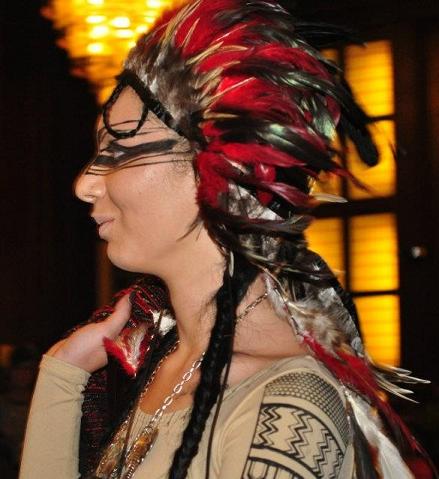
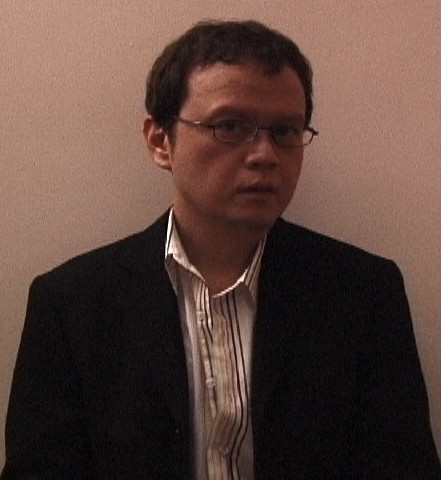
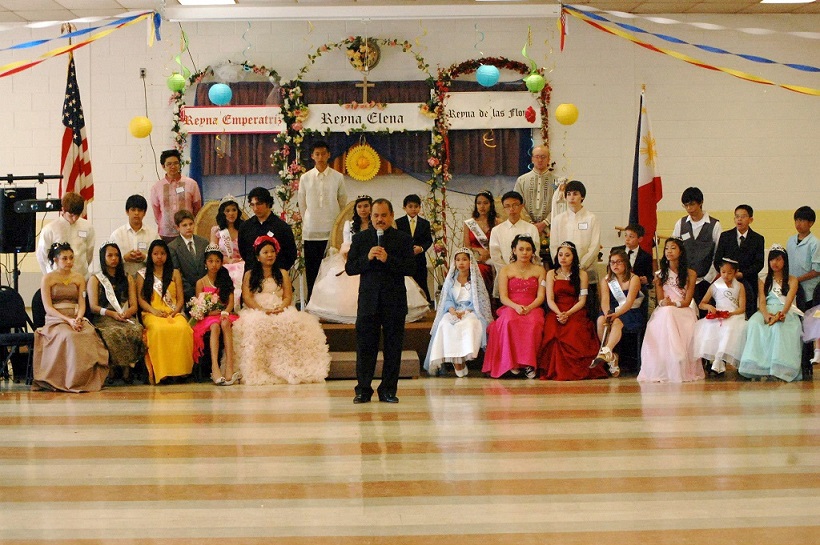





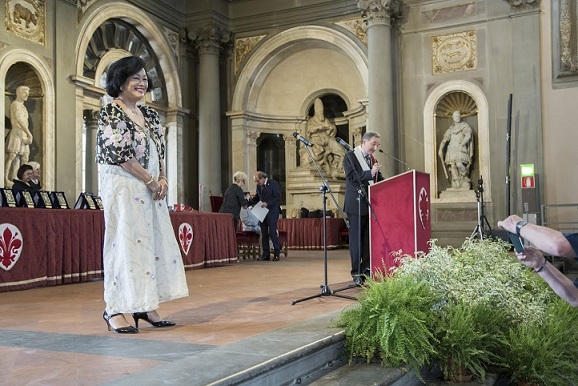
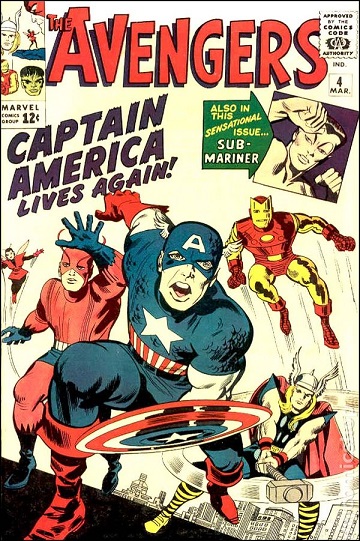

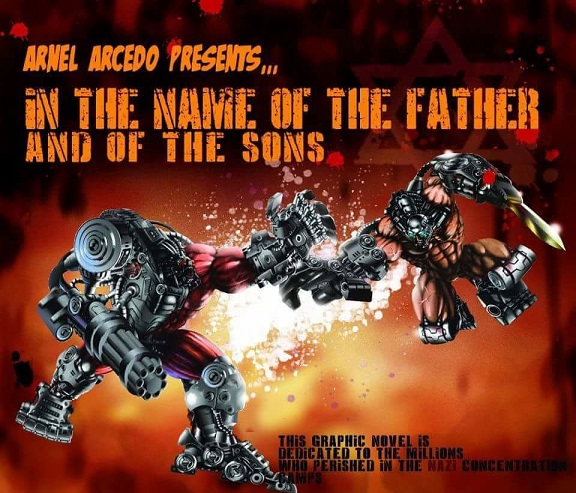
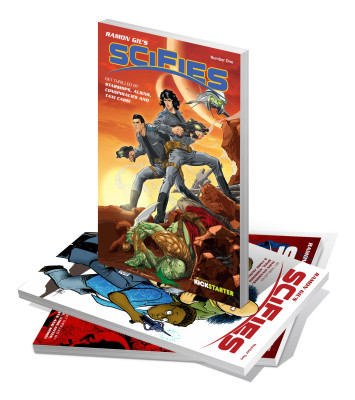

Enjoyable read.